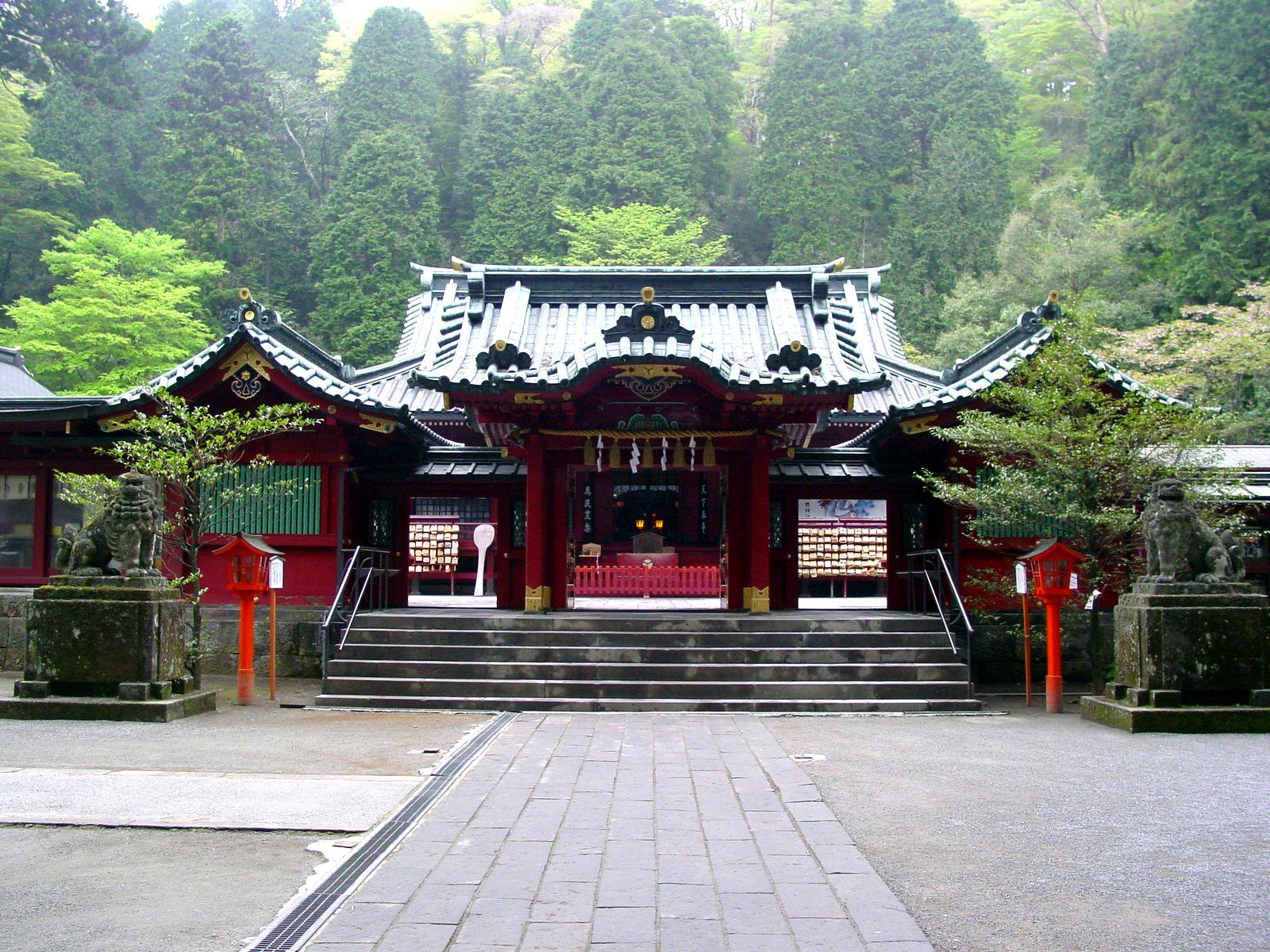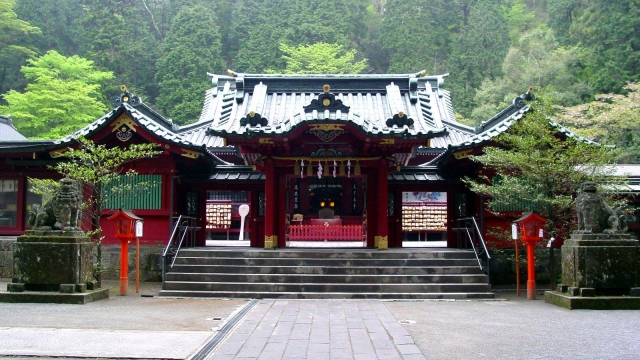
Nestled amidst the serene landscapes of Japan, Shinto shrines stand as timeless guardians of spirituality and nature. Each shrine whispers secrets of the kami, the divine spirits revered in Shintoism, inviting visitors to pause and reflect on the beauty that surrounds them. From the iconic torii gates that signify the transition into sacred space to the tranquil gardens that cradle these holy sites, Shinto shrines embody a harmonious blend of architecture and the natural world.
Exploring these shrines offers a unique glimpse into a belief system deeply intertwined with the rhythms of life and the seasons. Each visit reveals not just the architectural splendor but also the rich tapestry of traditions, rituals, and personal connections that define the experience. In the world of Shinto, every stone, tree, and water source is imbued with spiritual significance, reminding us of the deep respect for nature and the divine that permeates Japanese culture.
The Essence of Shinto: Understanding Kami
At the heart of Shinto lies the concept of kami, which can be understood as the divine forces or spirits that inhabit all aspects of the natural world. Kami are not limited to the traditional deities found in organized religions; rather, they include elements of nature such as mountains, rivers, trees, and even human ancestors. This broad definition connects practitioners deeply to their environment and reinforces the notion that spirituality is woven into the fabric of everyday life. Each kami embodies unique characteristics and powers, reflecting the diversity and beauty of the world around us.
The relationship between humans and kami is central to the practice of Shinto, encompassing reverence, gratitude, and connection. Rituals and offerings at Shinto shrines serve to honor these spirits, fostering a bond that enriches the spiritual experience of the worshippers. Through these acts of devotion, individuals seek blessings, guidance, and protection from the kami. This mutual relationship emphasizes harmony with nature, encouraging followers to live in a way that respects the sacredness of the world.
Understanding the essence of kami invites a deeper appreciation for Shinto shrines themselves, as they are not merely structures, but sacred spaces where these divine entities are venerated. Each shrine is built with great care, often in locations that are considered particularly sacred, embodying the spirit of the kami it represents. Visitors to these shrines engage in rituals that reflect their reverence and desire to connect with the divine, allowing them to experience the spiritual beauty that permeates Shinto practice.
Architectural Wonders: The Design of Shrines
The design of Shinto shrines is a reflection of their spiritual significance and deep-rooted cultural heritage. Each shrine, known as a "jinja" in Japanese, is meticulously constructed to harmonize with the surrounding natural environment, emphasizing the belief in kami, or spirits, residing within nature. Traditional materials such as wood and thatch are predominantly used, embodying simplicity and a connection to the earth. The layout often follows a specific pattern, featuring a main hall, a worship hall, and sacred spaces that invite visitors to engage in contemplation and prayer.
One of the most distinctive architectural features of Shinto shrines is the torii gate, a symbol that marks the transition from the mundane to the sacred. Typically painted in bright vermilion or left in a natural wood finish, the torii serves as a visual and spiritual threshold. Each shrine’s design is unique, often influenced by regional styles and the deity it enshrines. The harmonious integration of these gates with the natural landscape enhances the overall aesthetic and reinforces the connection between humans and the divine.
Moreover, the roofs of Shinto shrines are often adorned with intricate details, showcasing craftsmanship and artistry. Many shrines feature thatched or curvilinear roofs that evoke a sense of fluidity and grace. These roofs not only provide shelter but also symbolize the sky and the heavens, connecting the earthly realm with the celestial. The intricate carvings and decorations found on various elements of the shrines reveal stories and beliefs central to Shinto philosophy, inviting visitors to explore the rich tapestry of Japanese spirituality.
Rituals and Offerings: Connecting with the Divine
At the heart of the Shinto experience lies the sacred rituals performed at shrines. These rituals, known as "Shinji," have deep significance and serve as a bridge between the physical and spiritual worlds. Visitors engage in various practices, such as purification through water at the temizuya and the offering of prayers. The act of bowing and clapping at the entrance of the shrine is a way to respectfully greet the kami, or spirits, residing within. Each movement is deliberate and steeped in tradition, reflecting the deep reverence felt by practitioners.
Offering acts of devotion is another integral part of connecting with the kami. Common offerings include food, sake, and other items placed on altars called "shrine tables" or "shinsen." These gifts symbolize gratitude and respect, as well as a request for blessings and protection. The offerings are often presented during special festivals or ceremonies that celebrate particular kami, energizing the shrine with a sense of community and shared purpose. Through these gestures, worshippers cultivate a personal relationship with the divine, inviting the kami into their lives.
Ceremonies held at Shinto shrines highlight the cyclical nature of life and the interconnectedness of humans and nature. Festivals, called "matsuri," honor deities while celebrating seasonal changes and agricultural cycles. These events bring the community together, allowing participants to express gratitude for the blessings received throughout the year. Engaging in such rituals fosters a deep sense of belonging and harmony, reminding everyone of their role within the greater tapestry of existence.
Cultural Significance: Shinto in Modern Japan
Shinto shrines play a pivotal role in the cultural fabric of modern Japan, acting as a bridge between the country’s ancient traditions and contemporary life. They are not only places of worship but also serve as community gathering spots where locals celebrate festivals and rituals. Many people visit shrines to mark significant life events such as births, weddings, and anniversaries, showcasing the enduring influence of Shinto beliefs in everyday practices.
In urban areas, Shinto shrines stand as symbols of resilience and continuity amidst rapid modernization. These sacred spaces offer a moment of tranquility and reflection, inviting visitors to step away from the bustling city life. The architectural beauty of shrines, often set in serene natural environments, captivates both locals and tourists alike, reinforcing a collective appreciation for Japan’s cultural heritage.
Check It Out
Moreover, the presence of Shinto shrines has fostered a growing interest in spirituality and traditional practices among younger generations. As Japan navigates contemporary challenges, many individuals are seeking solace and meaning in their lives, turning to Shinto rituals and beliefs. This revival illustrates the adaptability of Shinto as it evolves alongside modern societal values, ensuring its relevance and significance in the lives of many today.
